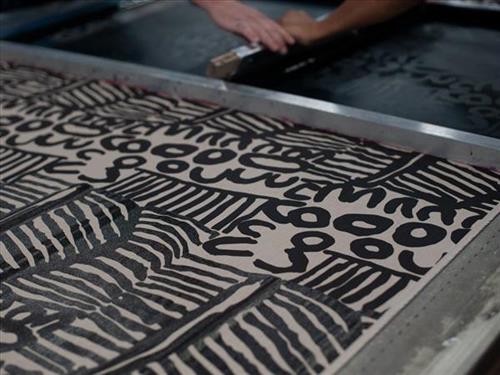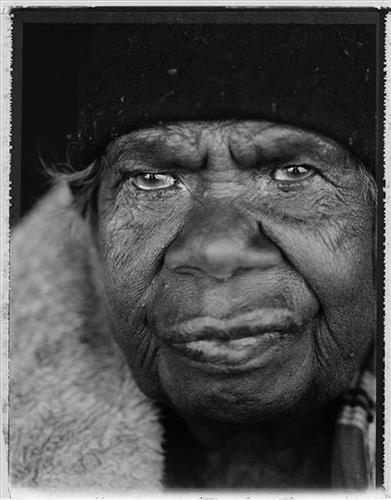22024005038
Status: Stock
Women’s Business fabric, black on fawn (natural tan type colour), linen
This design by Mavis Nampitjinpa Marks shows the ‘Women’s Business Story’.
This fabric has been screenprinted by hand by Publisher Textiles and Papers, ensuring the highest quality and longevity.
About the printers:
Publisher Textiles & Papers is one of Australia’s leading print houses. Focused on producing original patterns through traditional hand-screen printing methods we create bold and colourful textiles, hand printed wallpaper, clothing and fabric.
Our fabric is printed in small batches and is available in pre-cut lengths on the website, which we update regularly. For larger quantities, please email us to discuss pre-orders.
Fabric details:
This fabric is by continuous metreage going up in 50cm increments, priced at $110 per metre.
For 1m, please add 2 x 50cm to your cart and it will be cut as a continuous length ($110 for 1m).
For 2m, please add 4 x 50cm to your cart and it will be cut as a continuous length ($220 for 2m).
For 3m, please add 6 x 50cm to your cart and it will be cut as a continuous length ($330 for 3m).
A classic linen cotton blend used for dresses, skirts, pants etc. Also ideal for patchwork quilts and other craft projects.
Composition 55% Linen / 45% Cotton
Weight (gsm)200
Width (cm)137
Finish Standard
Care Instructions:
Hand wash, line dry, do not bleach, wash separately, warm iron, do not soak. The ink has been heat set for longevity, however please take care when washing (wash garments inside out if possible).




